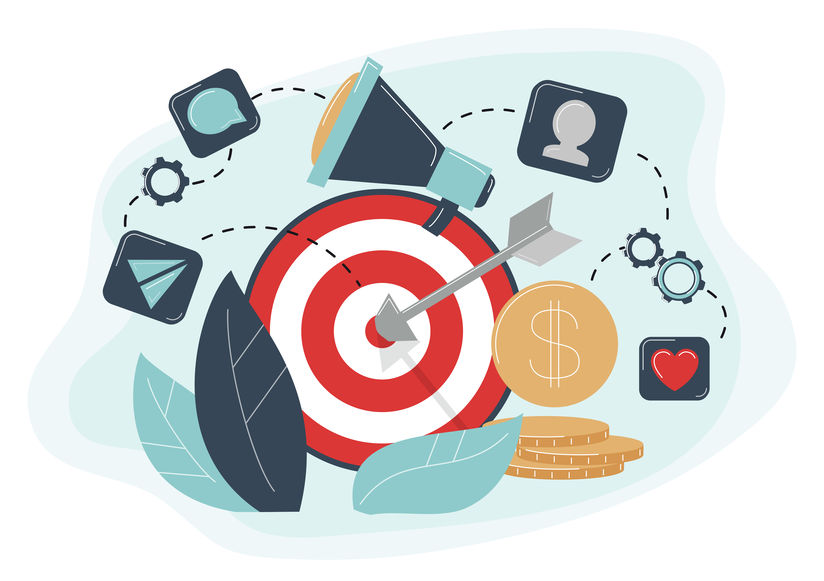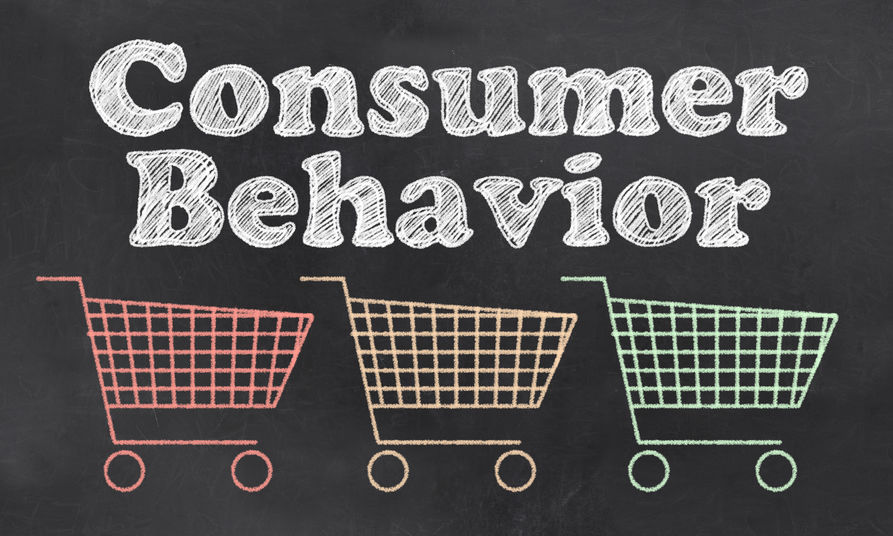
Imagine if you could see into the minds of your target audiences and uncover their needs, values, concerns and desires. Fortunately, behavioral marketing allows us to explore those characteristics and the actions that are innate to human nature. This helps marketers develop better targeted and more effective messaging that resonates with your audiences.
Behavioral marketing tracks website activity, purchase history and information from third-party sites to tap into how your customers are engaging with your brand. Fortunately, advances in technology help us track and measure what consumers do from the first moment they visit your website to the point of purchase and beyond. But at the core of behavioral marketing are some common behavioral drivers and tendencies that are essential components of human nature. Armed with an understanding of human nature, marketers can uncover vast insights into the actual behavior of their prospects and customers, and build that knowledge into marketing campaigns. Today we dive into some strategies and tactics that emphasize the natural human behaviors of your prospects and clients.
Concepts Behind Behavioral Marketing

Companies use behavioral marketing for a variety of purposes and in different ways. For example:
- Use behavioral marketing to increase customer loyalty. The average mid-sized B2B firm receives 30 percent of its revenue from existing customers. Value and trust play a significant role in determining whether a customer continues to purchase from a company. Develop customer-centric content that provides information of value that keeps individuals coming back. To facilitate and increase loyalty, show customers you care and maintain consistent and transparent communications. Reward their loyalty with programs that recognize purchase history, longevity and referrals.
- Tap into the “surprise and delight” phenomenon. “Surprise and delight” is a phrase that has emotional appeal. The goal is to create an extraordinary customer experience that exceeds customers’ expectations. By fueling emotions such as excitement and joy, customers are more likely to become advocates of your products, services and brand. Tactics to surprise and delight your customers include exclusive offers, perks and rewards, personalized gifts or notes, and content that is entertaining or celebrates customer successes.
- Emulate scarcity. When something becomes less accessible, it is human nature that its perceived value increases. Whether it’s a sold-out product, a highly exclusive event or a service provided by a professional in high demand, scarcity increases desire. Offer limited-time offers, promotional products or content, or exclusive experiences, seminars, webinars and events.
- Consider group mentality. Known groups, alliances and institutions as a whole often have shared values and goals. By representing or appealing to relatable groups, prospects will feel affiliated through relevant avenues. There are many ways to engage with groups including digital outlets such as social media, forums and webinars, or physical outlets such as events, conferences and trade shows.
- Apply the art of the “gentle nudge.” The “nudge theory” is defined as “positive reinforcement and indirect suggestions as ways to influence the behavior and decision making of groups or individuals.” This strategy relies on clever placement and timing to feed off of prospects’ momentum. The gentle nudge approach is particularly effective in conjunction with other products, services or events related to your brand to propel prospects in your direction. Common examples include strategically placed call-to-action buttons or suggested articles on relevant content and advertising on platforms with related products or services. Another example of a nudge is to provide suggestions via examples of what other users did or clicked next to streamline the customer journey.
Harness the Power of Human Behavior

By understanding behavioral trends and human nature, we can better understand why prospects and clients make the decisions they do and determine the best ways to give them what they are looking for when they need it. Every purchase is a decision. When combined with strategic planning, market research and consistent communications, harnessing human behavior can be a highly effective tool for successful marketing.
